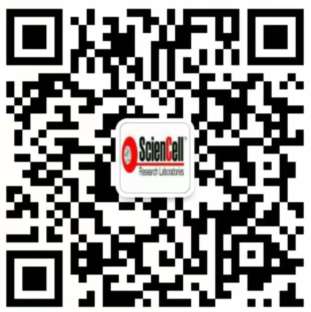Fas, also known as APO-1, CD95 and TNFRSF6, is a member of the nerve growth factor (NGF)/tumor necrosis factor (TNF) receptor superfamily and mediates apoptosis.1 The molecule coding for the Fas antigen determinant is a 319 amino acid polypeptide with a single transmembrane domain. The extracellular domain is rich in cysteine residues and is similar to human tumor necrosis factor receptors, human nerve growth factor receptor, and human B cell antigen CD40.2The APO-1 antigen as defined by the mouse monoclonal antibody anti-APO-1 is expressed on the cell surface of activated human T and B lymphocytes as well as a variety of malignant human lymphoid cell lines. The APO-1 antigen is a membrane glycoprotein of 48-kDa.3 Fas antigen is expressed on papillary thyroid cancer cells, which may have therapeutic significance.4 Fas induces both neurite growth in vitro and accelerates recovery after nerve injury in vivo.5 The FAS- and FASL-triggered apoptosis pathway plays an important role in human carcinogenesis.6 The standard product used in this kit is FAS extracellular sections (1-173aa), in addition to the soluble human IgG1 Fc domain. The molecular mass is 45KDa.
ScienCell's human FAS ELISA Kit is based on standard sandwich enzyme-linked immune-sorbent assay technology. Human FAS-specific monoclonal antibodies are pre-coated onto 8 x 12 divisible strips. The human specific detection polyclonal antibodies are biotinylated. The test samples and biotinylated detection antibodies are subsequently added to the wells and then washed with PBS or TBS buffer. Avidin-Biotin-Peroxidase Complex is added and unbound conjugates are washed away with PBS or TBS buffer. HRP substrate TMB is used to visualize HRP enzymatic reaction. TMB is catalyzed by HRP to produce a blue color product that change into yellow after adding acidic stop solution. The intensity of yellow is proportional to the amount of human FAS amount captured in strips.
| 货号 | EK0335 |
| 产地 | 美国 |
| 缩写 | hFAS-ELISA |
| 规格 | 96 tests |
| 用途 | 科研 |
| 储存 | 4度 |
| 运输 | 胶冰 |























